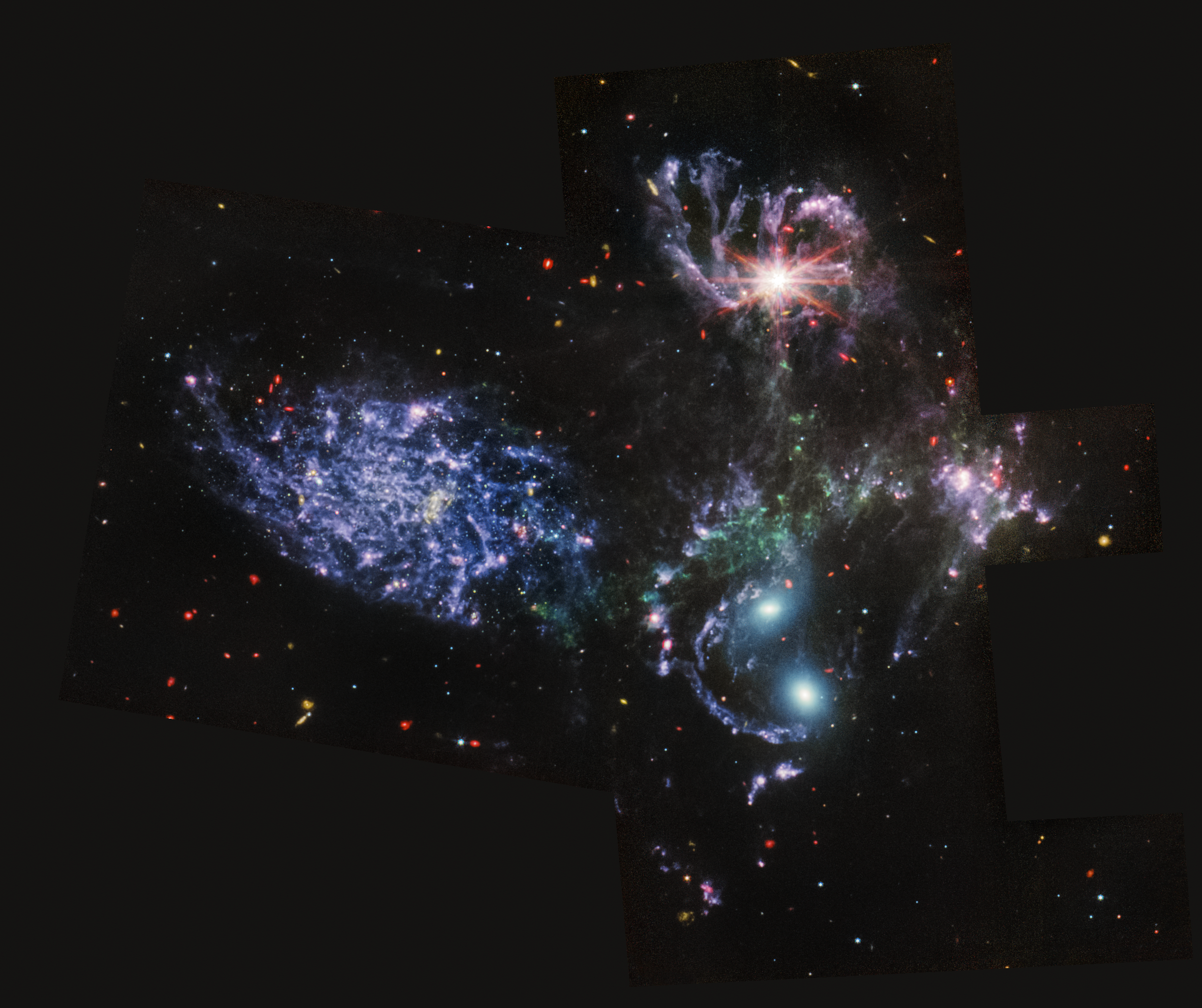The pendulum of modern engineering has swung to asserting that digital models can always represent reality faster, cheaper, and better than any physical manifestation of it. Mockups, prototypes, and test articles are out, “Digital twins” and augmented reality are in. More’s the pity. While much can be represented in CAD/CAM, the compute horsepower required to mimic the real world drains budgets as fast as it drains the power grid. Very few have the savvy to accurately represent the range of physical phenomena in bits and then know when the model can be trusted. The craftsmen who enabled the preceding revolutions are in retreat and in exchange we get ever increasing development times and costs despite the glowing promises of hype men and the C-suites that golf with them.
In that spirit, Oregonian Peter Dibble looks back fondly at Modulex, a Lego spinoff for architects to present concepts to their clients. An ingenious change in dimension yielded bricks ideally suited to metric and Imperial drawing scales. Sliceable parts, slopes, ridges, and custom colors yielded a system that grew well beyond its original intent into project management and signage. A Mark-1 eyeball can look at, around, and into such a physical representation and get some idea of its strengths and weaknesses. Digital design software and Lego’s surprising hostility to the product line unfortunately sealed Modulex’s fate as a modeling tool. The company lives on for signmaking.
Dibble’s channel is a trove of meticulously researched and well-presented histories emphasizing the Pacific Northwest. The Spruce Goose’s move from Long Beach to McMinnville is eye-opening.
Youtube Channel: Peter Dibble
